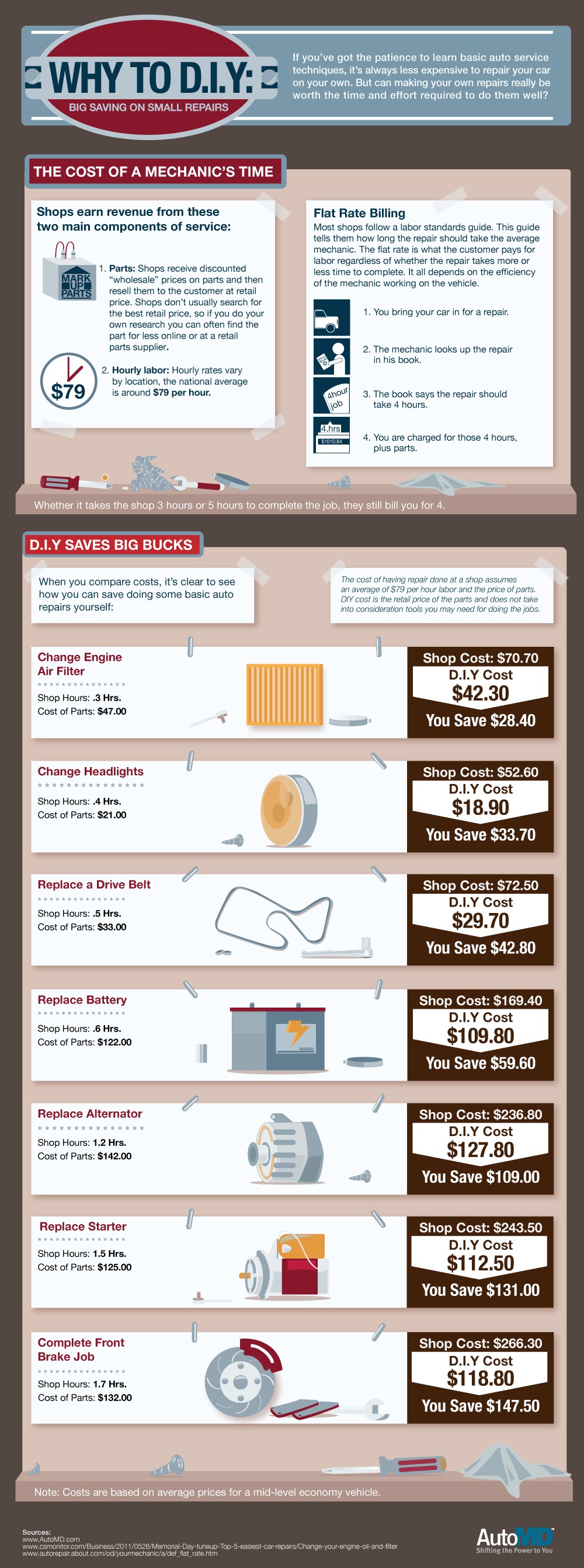Analyzing Your Car'S Alert Lights: Their True Effects
Analyzing Your Car'S Alert Lights: Their True Effects
Blog Article
Content By-Sykes Corbett
When you lag the wheel, those radiant warning lights on your control panel can be a little bit puzzling. Do you understand what they're trying to inform you concerning your vehicle's wellness? Understanding the significance of these lights is crucial for your safety and the long life of your automobile. So, the next time among those lights pops up, would not you want to decipher its message accurately and take the necessary actions to address it?
Common Warning Lighting and Interpretations
Identify typical warning lights in your auto and comprehend their significances to make certain risk-free driving.
One of the most regular warning lights consist of the check engine light, which signifies concerns with the engine or emissions system. If this light begins, it's critical to have your car examined promptly.
The oil pressure alerting light indicates low oil stress, requiring immediate focus to prevent engine damages.
A blinking battery light could recommend a malfunctioning billing system, potentially leaving you stranded otherwise addressed.
The tire pressure surveillance system (TPMS) light notifies you to reduced tire pressure, influencing vehicle stability and gas effectiveness. Disregarding this could lead to hazardous driving conditions.
The abdominal light suggests a problem with the anti-lock braking system, compromising your capability to stop rapidly in emergencies.
Finally, the coolant temperature level cautioning light warns of engine getting too hot, which can lead to serious damage if not settled promptly.
Recognizing these common caution lights will certainly aid you deal with issues immediately and maintain safe driving problems.
Value of Prompt Interest
Recognizing the common caution lights in your vehicle is just the very first step; the significance of immediately dealing with these warnings can't be emphasized sufficient to ensure your safety when driving.
When a caution light brightens on your control panel, it's your car's means of communicating a potential issue that needs focus. Disregarding these cautions can result in extra extreme issues down the road, jeopardizing your safety and potentially costing you much more in repairs.
https://brake-pads37271.bloggerchest.com/32009788/how-can-mobile-automobile-outlining-transform-your-lorry-care-experience-while-making-sure-top-quality-discover-the-vital-elements-to-consider-before-choosing-a-detailer to alerting lights can avoid break downs and accidents. For example, a blinking check engine light can suggest a misfire that, if left neglected, can trigger damages to the catalytic converter. Resolving https://andersonojexs.webdesign96.com/32642192/just-how-can-mobile-vehicle-detailing-change-your-car-treatment-experience-while-making-sure-top-quality-discover-the-vital-variables-to-consider-before-picking-a-detailer without delay can save you from a pricey repair service.
Likewise, a brake system alerting light could indicate low brake liquid or used brake pads, essential elements for your security when driving.
Do It Yourself Troubleshooting Tips
If you discover a warning light on your control panel, there are a few do it yourself repairing suggestions you can attempt prior to looking for expert help.
The first step is to consult your auto's guidebook to comprehend what the particular caution light shows. Occasionally the problem can be as straightforward as a loose gas cap setting off the check engine light. Tightening up the gas cap might settle the problem.
An additional typical issue is a reduced battery, which can trigger different warning lights. Inspecting the battery connections for corrosion and guaranteeing they're secure could take care of the problem.
If a caution light continues, you can attempt resetting it by disconnecting the vehicle's battery for a few mins and then reconnecting it. In addition, checking your lorry's fluid degrees, such as oil, coolant, and brake fluid, can aid repair alerting lights associated with these systems.
ceramic pro
In conclusion, comprehending your car's caution lights is vital for maintaining your car running smoothly and safely. By without delay addressing these signals and recognizing what they imply, you can prevent costly repair work and prospective breakdowns.
Keep in mind to consult your vehicle's handbook for specific information on each advising light and take action accordingly to make sure a hassle-free driving experience.
Remain notified, remain safe on the road!
